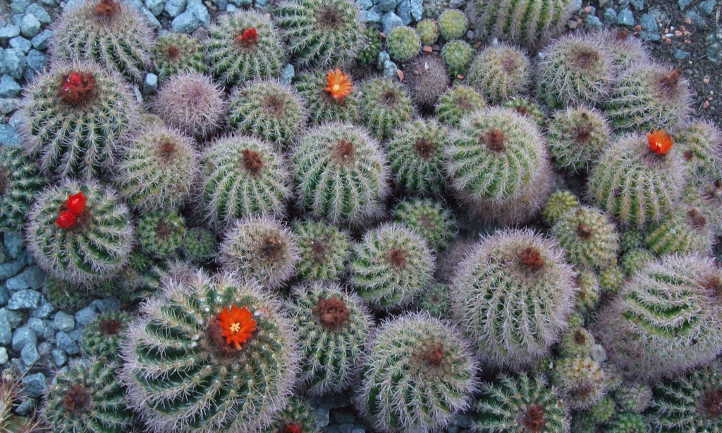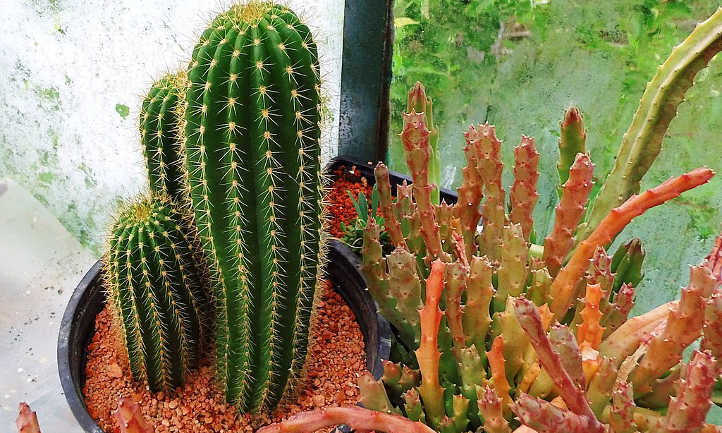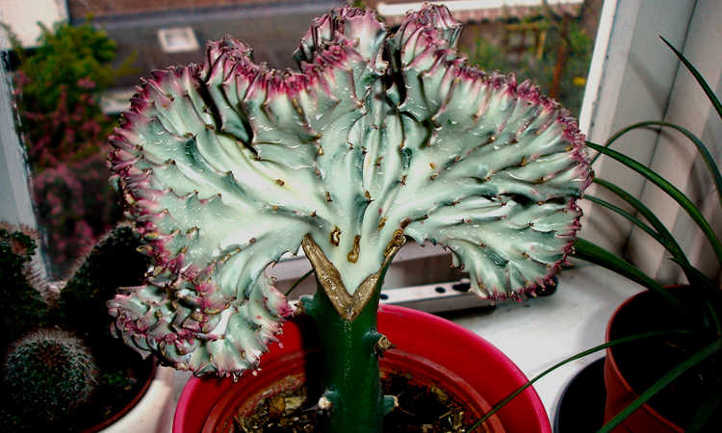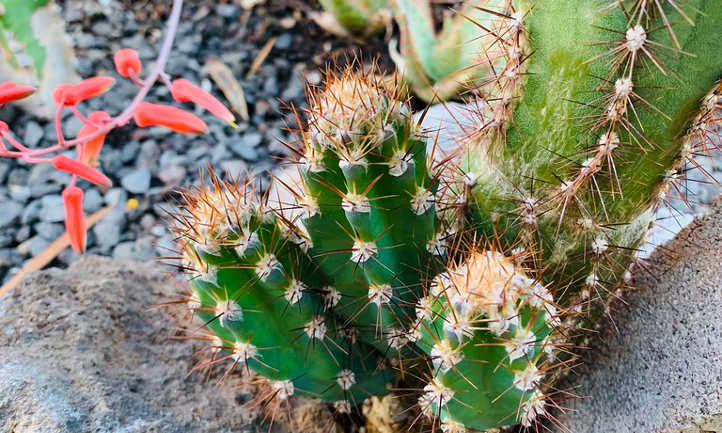When it comes to enriching your succulent collection, mastering the art of propagating cactus opens up a whole new world of possibilities. Dive into our comprehensive guide to unveil the secrets of this prickly process.
The surge in cactus popularity is undeniable, with these resilient plants finding their way into indoor and outdoor landscapes alike. The sheer variety of shapes and sizes cacti offer make them an irresistible addition to any collection. As your fascination with these prickly wonders deepens, learning the ways of cactus propagation becomes essential.
Embarking on the journey of cactus propagation not only expands your cactus inventory but also presents a cost-effective way to nurture new plants. The process, though it may seem daunting at first, is straightforward, making it accessible even for novice gardeners. By the time you finish reading this guide, you’ll be equipped to propagate cacti with confidence.
Explore Essential Products for Cactus Propagation:
- Bontone II Rooting Powder
- Opinel #8 Grafting Knife
- Clever Bear Garden Cactus Pliers
Understanding Cactus Propagation


Propagation in the plant kingdom refers to the various methods plants employ to reproduce. While cacti naturally reproduce at a leisurely pace through seeds or offsets, human intervention accelerates and simplifies the process significantly.
One of the most common propagation techniques involves growing cacti from cuttings, a method applicable to most cactus species. This approach entails snipping a section of the stem and replanting it, proving particularly effective for cacti with round pads like Opuntia microdasys or prickly pears.
Although less frequent, grafting represents another viable propagation strategy that can come in handy with cacti challenging to propagate from cuttings. This method also serves purposes such as reviving ailing cacti or combining beneficial traits, such as insect repulsion.
To achieve optimal results, engage in cactus propagation just before or during their growth phase, and for flowering varieties, wait until the blossoms wane and the plant enters dormancy.
Essential Materials
Prior to commencing the propagation process, ensure you have the following items at hand:
- Sturdy gloves
- A suitable pot or container
- Well-draining soil
- A clean, sharp knife
- Rooting powder (optional)
- Tongs or cactus pliers (optional)
- Rubber bands, twine, or electrical tape (for grafting)
Mastering Cactus Propagation Techniques
Prior to initiating any propagation method, sterilize your knife to prevent bacterial contamination via the plant’s open wounds.
Considering the sharp spines of cacti, it’s imperative to don protective gloves throughout the process. For added safety, use tongs to handle your cactus cuttings instead of bare hands.
Using Stem Cuttings


When opting for stem cuttings, select a mature cactus pad for optimal rooting, even if younger pads are present above it. For columnar cacti, opt for a slender stem as it tends to root faster than thicker ones.
Cut the stem of columnar cacti a few inches from the top, making a clean, straight cut without causing damage. Pads, on the other hand, can be snapped off manually.
Allow your cutting to air dry in a shaded area for a few days to promote callus formation at the cut or broken area. Once the callus forms, prepare a pot with moist soil.
Once the cutting has dried sufficiently, plant it in the pot with the wound side down. If stability is an issue, lay the cutting on the soil surface. Optionally, utilize rooting hormone powder before planting.
During the initial root growth phase, the cutting depends on stored nutrients and water. Maintaining a consistently moist soil environment supplements these resources and promotes robust root development. Water the soil lightly every few days to sustain moisture levels without over-saturating.
Rooting speed varies based on cactus species, cutting size, and watering frequency. Smaller cuttings typically develop roots faster than larger ones, and regular watering expedites the process. Rooting may occur anywhere from several days to several weeks or longer.
Once the roots establish themselves in the soil, shift to a standard cactus watering routine. Gradually expose your young cacti to more sunlight as their roots continue to thrive. While new stem growth may not be immediate, be patient, as each cactus behaves uniquely.
Exploring Grafting



A representation of grafted cactus consists of two distinct parts. The foundation, known as the rootstock, resides in the soil with roots for stability. It necessitates robust health to sustain the other component. The upper segment of the fusion, referred to as the scion, typically boasts vibrant hues or aesthetic appeal.
When opting for your rootstock and scion, seek specimens of comparable sizes and genetic proximity. The closer they align genetically, the more harmoniously they bond. A prevalent example is the coral cactus, a fusion that amalgamates two diverse species of Euphorbia succulents into a singular entity.
To merge them, carefully sever each plant at matching diameters using a sharp blade, crafting either a V-shaped or diagonal incision. Precision is pivotal for a seamless merger.
Align the scion atop the rootstock with no gaps, ensuring the vascular cambium, the conduit for nutrient distribution within the plant, corresponds. This synergy is vital for the scion’s sustenance. Over time, the vascular cambium of each plant converges, forging a unified cactus entity.
Stabilize the graft with rubber bands, tape, or twine. Place the new cactus in a warm but shaded area. Regular watering is crucial, but take care not to wet the graft site.
After a few months, if the fusion proves successful, remove the bindings and, if necessary, relocate your cactus outdoors.
Offsets

Offsets, also known as pups, serve as an alternative propagation method. Some cacti produce offsets that develop roots independently. Removing these offspring from the parent plant redirects energy towards the parent’s growth and yields new plants.
You can detach the pups from your cactus before they root by separating them from the parent plant, treating them akin to stem cuttings.
For optimal results, wait until the pups generate roots before separating them from the mother plant. Perform a division propagation method by gently extracting the offsets, minimizing root disturbance. Post-separation, replant the divided cacti in separate locations.
Frequently Asked Questions
Q: Can you grow a cactus from a cutting?
A: Yes, you can! Refer to the above content for detailed instructions. Prior to planting, the cutting should form a callous for optimal growth in fresh media.
Q: How do you root a cactus from a cutting?
A: Once calloused, plant the cutting in well-draining cactus soil, and provide support if needed. Within a few weeks, roots should begin to develop.
Q: Can cactus cuttings be rooted in water?
A: Certainly, rooting cactus cuttings in water is feasible. However, soil rooting post-callous formation typically yields better results, minimizing the risk of rot.
…And so on for the rest of the FAQs…






